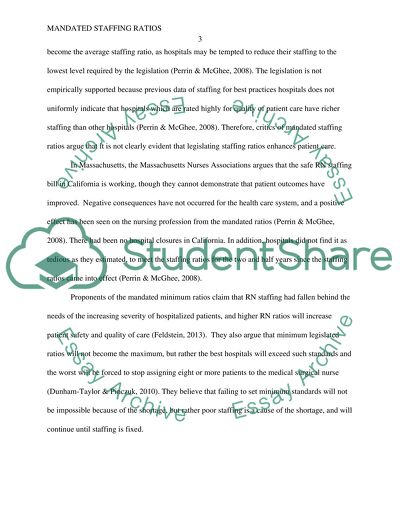Cite this document
(“Mandated staffing ratios: legislated minimum RN staffing rations vs Essay”, n.d.)
Mandated staffing ratios: legislated minimum RN staffing rations vs Essay. Retrieved from https://studentshare.org/nursing/1485291-mandated-staffing-ratios-legislated-minimum-rn
Mandated staffing ratios: legislated minimum RN staffing rations vs Essay. Retrieved from https://studentshare.org/nursing/1485291-mandated-staffing-ratios-legislated-minimum-rn
(Mandated Staffing Ratios: Legislated Minimum RN Staffing Rations Vs Essay)
Mandated Staffing Ratios: Legislated Minimum RN Staffing Rations Vs Essay. https://studentshare.org/nursing/1485291-mandated-staffing-ratios-legislated-minimum-rn.
Mandated Staffing Ratios: Legislated Minimum RN Staffing Rations Vs Essay. https://studentshare.org/nursing/1485291-mandated-staffing-ratios-legislated-minimum-rn.
“Mandated Staffing Ratios: Legislated Minimum RN Staffing Rations Vs Essay”, n.d. https://studentshare.org/nursing/1485291-mandated-staffing-ratios-legislated-minimum-rn.


